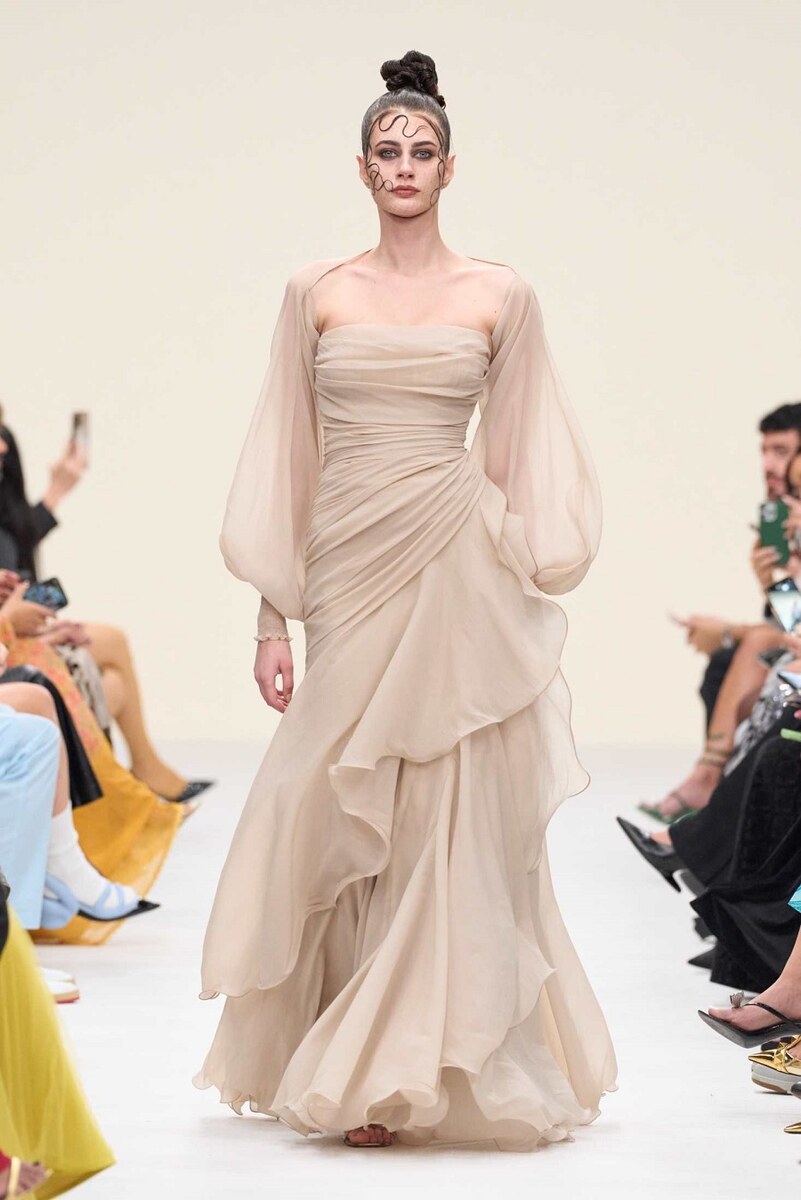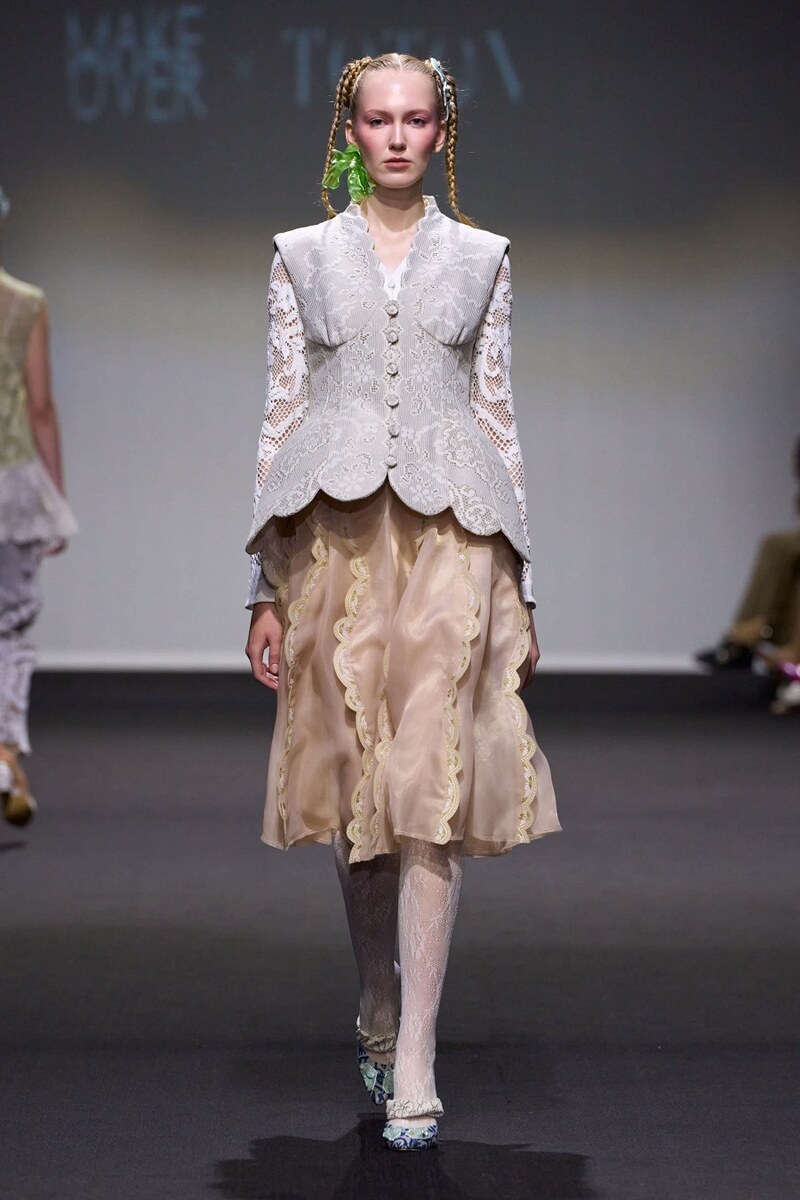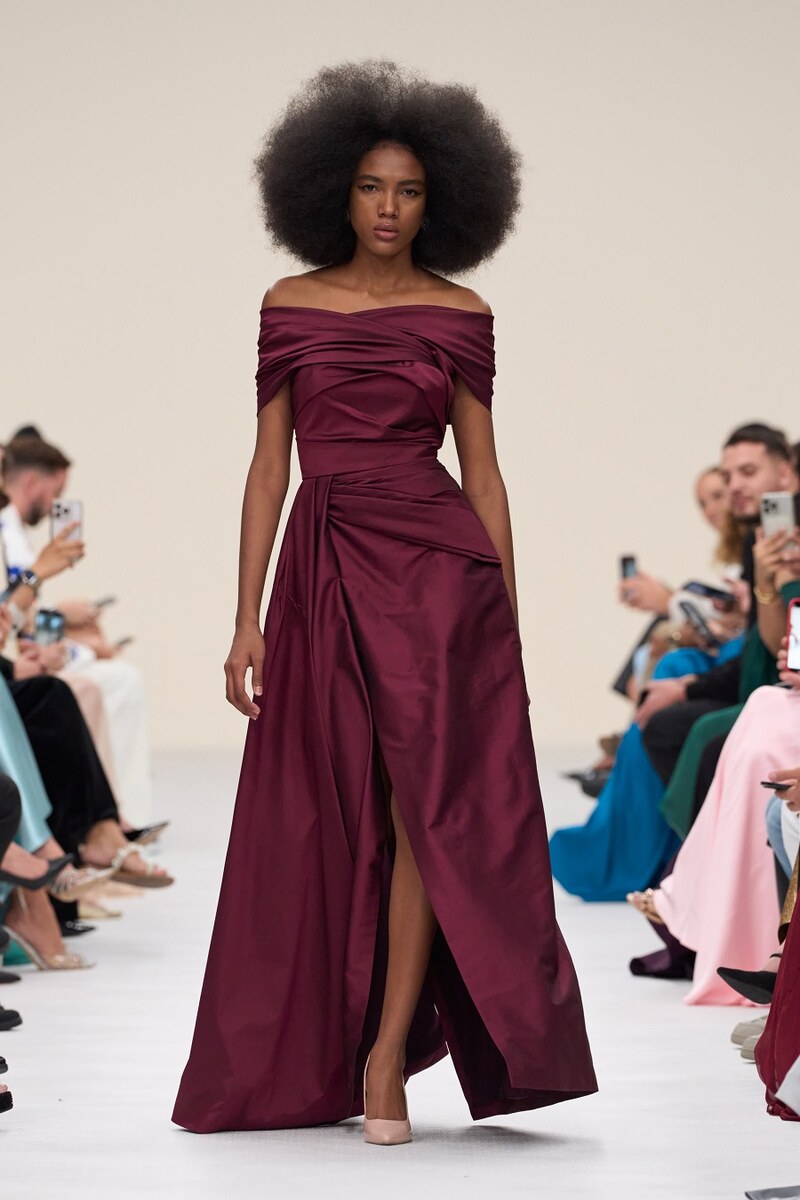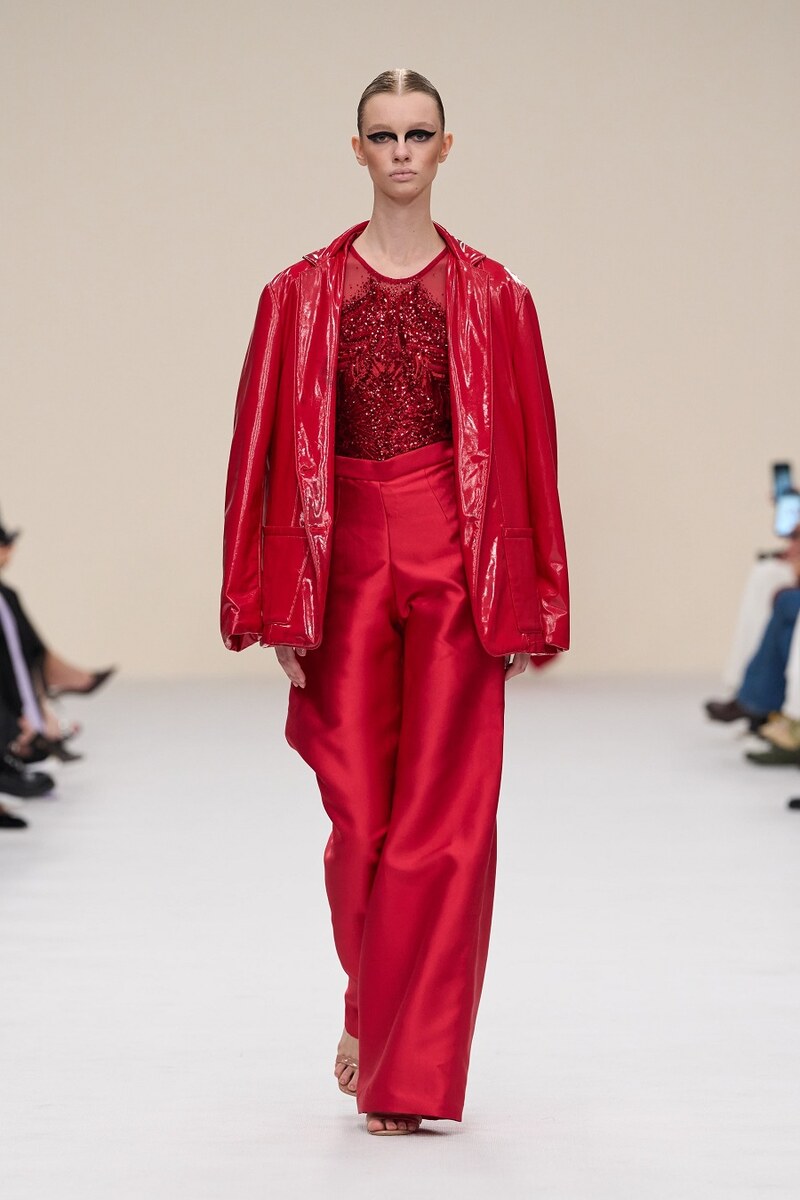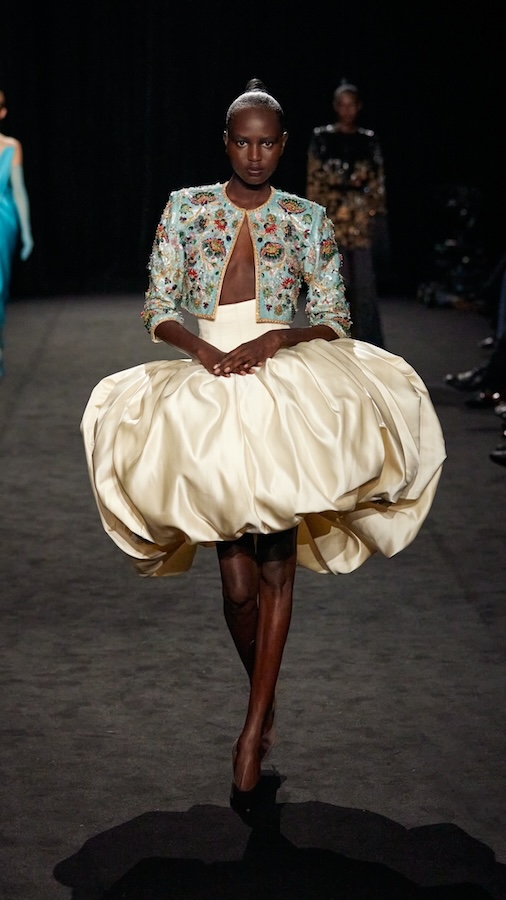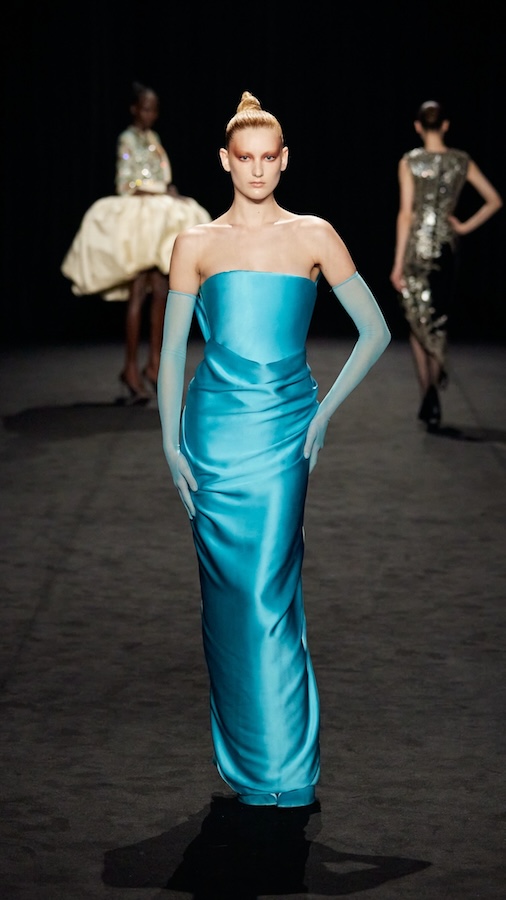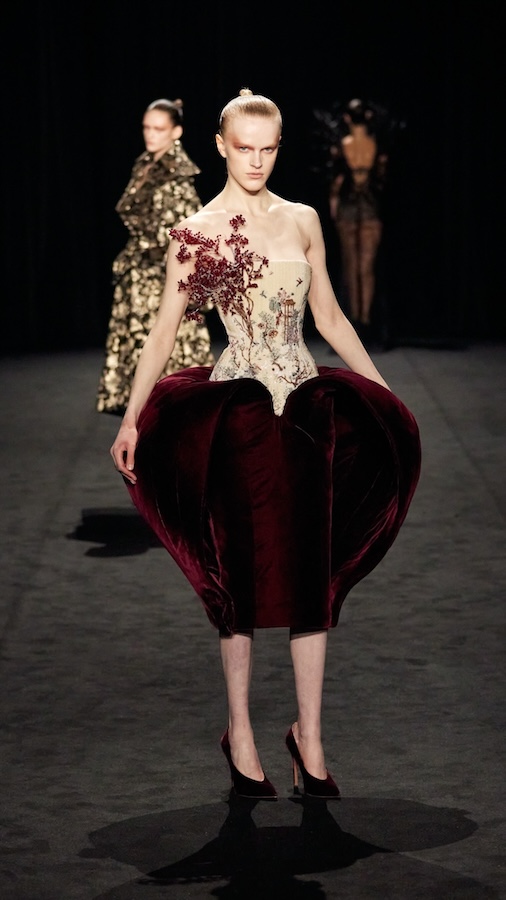DUBAI: “My dream wasn’t to be a soccer player or a musician or a doctor,” says Cedric Vongerichten, head chef of the French-Asian eatery Maritime at The Edition in Jeddah. “This is what I was meant to do — and to be.”
It’s hard to argue. Vongerichten was born in Thailand to French parents who were in the country because Vongerichten’s father was head chef at the Mandarin Oriental Hotel in Bangkok. By the time Vongerichten was two, the family had settled in New York after stints in Portugal and Boston.
Vongerichten says his own passion for cooking starting at the age of eight or nine. “(I would finish) school and head home — which was a hotel at the time — and I’d spend my free time in the kitchen doing pastries and helping out. That was all I thought about.”
He started serious cooking lessons in the south of France when he was 14 and has since traveled the world to learn about different cuisines and cultures.
When you started out what was the most common mistake you made?
I’d say overcomplicating things and not having a clear vision of the dish. Sometimes you just have to step back and look at the whole picture. The more you practice, the more things work automatically and you don’t have to think about it anymore.
What’s your top tip for amateur chefs?
When you’re at home it’s very easy to make your kitchen a mess and have pots and pans everywhere. That’s when it gets difficult to focus. Cooking, honestly, is 50 percent cooking and 50 percent cleaning; it’s really important to keep things clean and organized. Then when it comes to the actual cooking, keep it simple. People will be more impressed with (good quality ingredients) than with something overly complicated.
What one ingredient can instantly improve any dish?
Chili. I can’t live without it and nor can my family. It makes the dish very exciting from beginning to end.
When you go out to eat, do you find yourself critiquing the food?
I’d be lying if I said I didn’t. It’s part of our job. But I’m not vocal about it, whether positive or negative. I don't want to ruin someone else’s experience. Everybody wants to just have a nice dinner.
What’s the most common issue that you find in other restaurants?
I’d say my pet peeve is lighting. I really like light to be done well. It creates a vibe. If the light is maybe gray, or too bright, it can make you feel like you don’t want to stay too long.
What’s your favorite cuisine?
We can’t live without our Asian fix. We need it at least once or twice a week, whether it’s Japanese, Indonesian, or Thai.
What’s your go-to dish if you have to cook something quickly at home?
Seafood takes me 15 to 20 minutes. Two nights ago, I did a simple local black sea bass. You just simply sear it skin-side down in a pan. And right now it’s the season for asparagus, so we had some boiled salted asparagus with olive oil and rice. Sometimes for the kids I’ll do roast chicken, they love that. I put it in a pan with potatoes, onion, garlic, water, salt, and olive oil, and sometimes I add rosemary. I put the chicken on top and put it in the oven for 30 to 40 minutes depending on the size of the chicken. The sauce does itself because of the dripping chicken and the potatoes. It doesn’t make much of a mess and it’s pretty easy and tasty.
What customer request or behavior most annoys you?
I don’t like to say no, so, in terms of requests, if we have the ingredients, then we just do it. The only thing that I don’t appreciate is when the service team gets disrespected.
What’s your favorite dish to cook and why?
It depends on the season. Right now, I would do say a fluke — the fish. It’s very simple and very good with just olive oil, a little squeeze of lime juice, a little salt, lemon zest, and, of course, some chili on top.
I also love to do bouillabaisse. It’s a Mediterranean fish soup. It takes a long time. On top of the fish, you have some lobster, more fish, some potato and a piece of bread. There’s also a lot of saffron inside. It’s such a fun dish. And it’s very, very tasty.
What’s the most difficult dish for you to get right?
Pastries can be difficult. You need to be very precise. You need to actually weigh everything by the gram. Also, from country to country, it’s completely different, because — first of all — the weather is very different. There is the factor of humidity and temperature. The products, like flour, are different. So, you have to adjust to all of that. It’s very technical.
As a head chef, what are you like in the kitchen?
I feel like I experienced the end of an era in France when there were still chefs yelling and throwing things around. I remember seeing that in France. But it’s definitely phased out. Did I scream a little bit at beginning of my career? Maybe, but I’m definitely not like that now. In a team, everybody reacts differently, so you have to manage people differently. Some people need a little more coaching, others have a more independent approach. As a manager and as a chef, this is where you have to be flexible. I can be laidback, but I also want to have great results and the proper product. In the long run, you can see that most people want to stay with us for a long time. So that speaks for itself.
RECIPE: Chef Cedric’s fritters

Chef Cedric’s fritters. (Supplied)
Ingredients:
90g all-purpose flour; 30g rice flour; 8g baking powder; 3g salt; 130g water; 25g scallions, green tops sliced on the bias; 300g corn kernels; 10g Fresno chili; vegetable oil for frying
Instructions:
1. Put the all-purpose flour, rice flour, baking powder and salt in a bowl.
2. Whisk in water until just combined.
3. Add scallions, corn kernels and Fresno chili.
4. Pour the oil into a large heavy-bottom pan.
5. Heat oil until it shimmers but doesn’t smoke (350°F).
6. Pour 1 tablespoon of the batter mixture into the hot oil at a time without overcrowding (for larger fritters, use about 1⁄2 cup of batter each).
7. Flatten fritters slightly with a spatula, then press the spatula into the fritters a few times to create indentations for crispy edges.
10. Cook until batter turns golden brown on the bottom, then flip and cook until the other side matches (about two mins more).
11. Remove fritters and place on a platter lined with paper towels.
12. Serve hot with spicy kecap manis (sweet soy) dipping sauce and garnish with sliced scallions.








